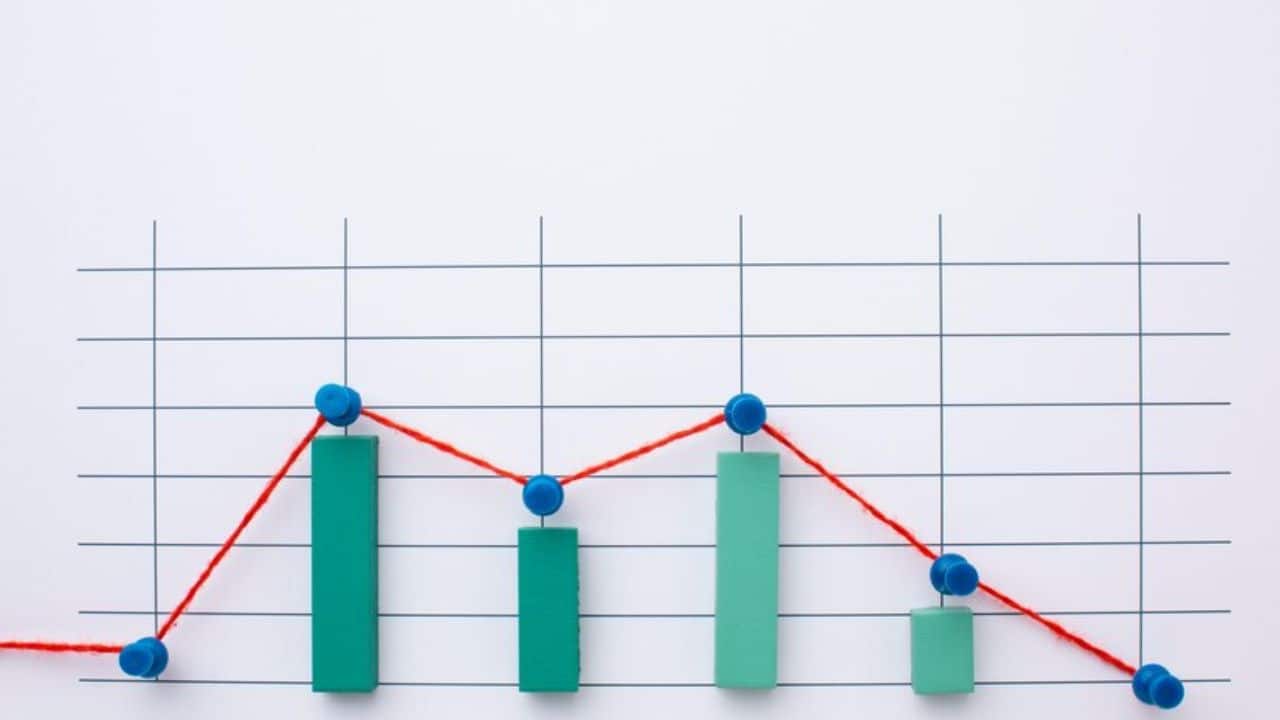Statistical analysis is a powerful tool for extracting meaningful insights from data, and one fundamental concept is “Relative Frequency.” It’s not just another statistical jargon; it’s the secret to understanding patterns in data.
In this article, we’re demystifying the difference between frequency and relative frequency by going through the step-by-step process of how to find relative frequency. In the end, you will grasp not only the mechanics but also the significance of relative frequency in unraveling patterns and making informed comparisons within data sets.
Table of contents
- What Is Relative Frequency?
- Why Is Relative Frequency Important In Statistics?
- Relative Frequency formula
- A Clear Explanation of How To Find Relative Frequency
- Examples of relative frequency
- Differences Between Frequency And Relative Frequency
- FAQs On How To Find Relative Frequency
- Conclusion
- References
- We Also Recommend
What Is Relative Frequency?
Relative frequency is a way of expressing the proportion of times an event occurs relative to the total number of observations or trials. It’s calculated by dividing the frequency of a specific outcome by the total number of observations.
Essentially, it gives you a percentage or decimal that represents how often a particular event happens in relation to the overall data set. This concept is widely used in statistics to analyze and interpret data, providing insights into the likelihood or distribution of various outcomes within a given set of observations.
Why Is Relative Frequency Important In Statistics?
- Essential Insight: Relative frequency is fundamental in statistics, offering a nuanced understanding of data patterns.
- Proportional Perspective: Expressing event occurrences relative to the total observations, it unveils the distribution of specific events within a dataset.
- Analytical Power: Acts as a potent tool for analysts, enabling the identification of patterns, trends, and variations in data.
- Informed Decision-Making: Facilitates decision-making by providing a quantitative perspective on the likelihood of events, transforming raw data into actionable information.
- Versatile Application: Extends across diverse fields such as finance, healthcare, and social sciences, where understanding event frequency is crucial.
- Comparative Utility: Enables meaningful comparisons between different categories or datasets, aiding in the interpretation of complex data sets.
- Precision and Clarity: Beyond numerical representation, it serves as a compass, bringing precision and clarity to the analysis of data patterns and distributions.
SEE ALSO: How Many Triangles Do You See: A Puzzle Challenge
Relative Frequency formula
The relative frequency formula is straightforward and is expressed as:
The relative frequency formula says: relative frequency = f/n, where ‘f’ is the frequency of a specific group and ‘n’ is the total frequency.
Here’s a breakdown of the elements in the formula:
- Relative Frequency: This is what you’re trying to find—the proportion or percentage of times a specific event occurs relative to the total number of observations.
- Frequency of Event: Count how many times the event of interest occurs in your dataset.
- Total Number of Observations: Determine the total number of observations or trials in your dataset, which is the sum of all events or occurrences.
SEE ALSO: How to Measure Inseam: A Guide for Perfect Pants Fitting
A Clear Explanation of How To Find Relative Frequency
Finding relative frequency is a straightforward process. Let’s break it down step by step:
1. Define the Event
Identifying the event sets the stage for your analysis. This could be anything from the occurrence of a specific outcome in a game to the frequency of a word in a text. Clarity in defining the event ensures accuracy in your subsequent calculations.
2. Count Occurrences
Once you’ve defined your event, like studying the occurrence of the number ‘5’ in a set of dice rolls, count how many times ‘5’ appears. This count is the raw frequency of the event in your data. Understanding how to find relative frequency is pivotal in unlocking valuable insights from data, empowering individuals to navigate patterns and make informed comparisons within diverse datasets.
3. Determine Total Observations
Find the total number of observations in your dataset. This is the collective count of all events or occurrences, giving you the overall context for your analysis.
SEE ALSO: How Many Water Bottles is a Gallon: Understanding Volume Measurements
4. Apply the Formula
The formula, Relative Frequency = f/n, where ‘f’ is the frequency of a specific group and ‘n’ is the total frequency. encapsulates the essence of relative frequency. It translates your raw counts into a proportion, providing a standardized measure for comparison.
5. Calculate
Execute the calculation by dividing the frequency of the event by the total number of observations. This step yields a decimal or percentage, indicating the relative frequency of the event.
6. Interpret Results
Interpreting the results is crucial in the context of how to find relative frequency. A relative frequency of 0 suggests the event never occurred, while a value of 1 signifies a certain occurrence. Understanding this output enables you to grasp the significance of the event within the broader dataset, facilitating informed analysis and decision-making.
SEE ALSO: How Many Ounces Are in a Kilo: Breaking Down Measurement Conversions
Examples of relative frequency
- Dice Rolls:
- Event: Rolling a ‘5’ on a six-sided die.
- Frequency: ‘5’ appears 15 times in 50 rolls.
- Relative Frequency:
= 0.3 or 30%
- Survey Responses
- Event: Choosing “Strongly Agree” in a survey question.
- Frequency: “Strongly Agree” is selected 25 times out of 100 responses.
- Relative Frequency:
= 0.25 or 25%
- Coin Flips
- Event: Getting heads in a coin toss.
- Frequency: Heads come up 40 times in 80 tosses.
- Relative Frequency:
= 0.5 or 50%
Differences Between Frequency And Relative Frequency
Frequency
- Represents the raw count or number of times a specific event occurs in a dataset.
- Calculated by a simple count of occurrences.
- Provides an absolute measure of how often an event happens.
- The numerical value is the actual count of occurrences.
- Often used for basic data exploration.
Relative Frequency
- Represents the proportion or percentage of times a specific event occurs relative to the total number of observations in a dataset.
- Calculated by dividing the frequency of the event by the total number of observations.
- Offers a standardized measure for comparison by considering the context of the entire dataset.
- The numerical value is expressed as a decimal or percentage.
- Useful for comparing datasets of different sizes and providing a normalized perspective on the occurrence of events.
FAQs On How To Find Relative Frequency
Yes, by analyzing past relative frequencies, one can make predictions about the likelihood of certain events in the future.
Relative frequency assumes that past occurrences are representative of future outcomes, and it may not account for changes in conditions over time.
Bar charts and pie charts are common graphical representations for showing relative frequencies in a visually understandable way.
No, cumulative frequency is the sum of frequencies up to a certain point, while relative frequency is the proportion of occurrences compared to the total.
Interpretation involves understanding the proportion of occurrences, recognizing trends, and comparing relative frequencies between different categories.
Conclusion
Relative frequency offers a normalized perspective, expressing the event’s proportion or percentage relative to the total observations. This nuanced measure proves valuable in comparing datasets of varying sizes and enhancing the interpretability of occurrence patterns within data.
References
- byjus.com – Relative Frequency
- geeksforgeeks.org – Relative Frequency






